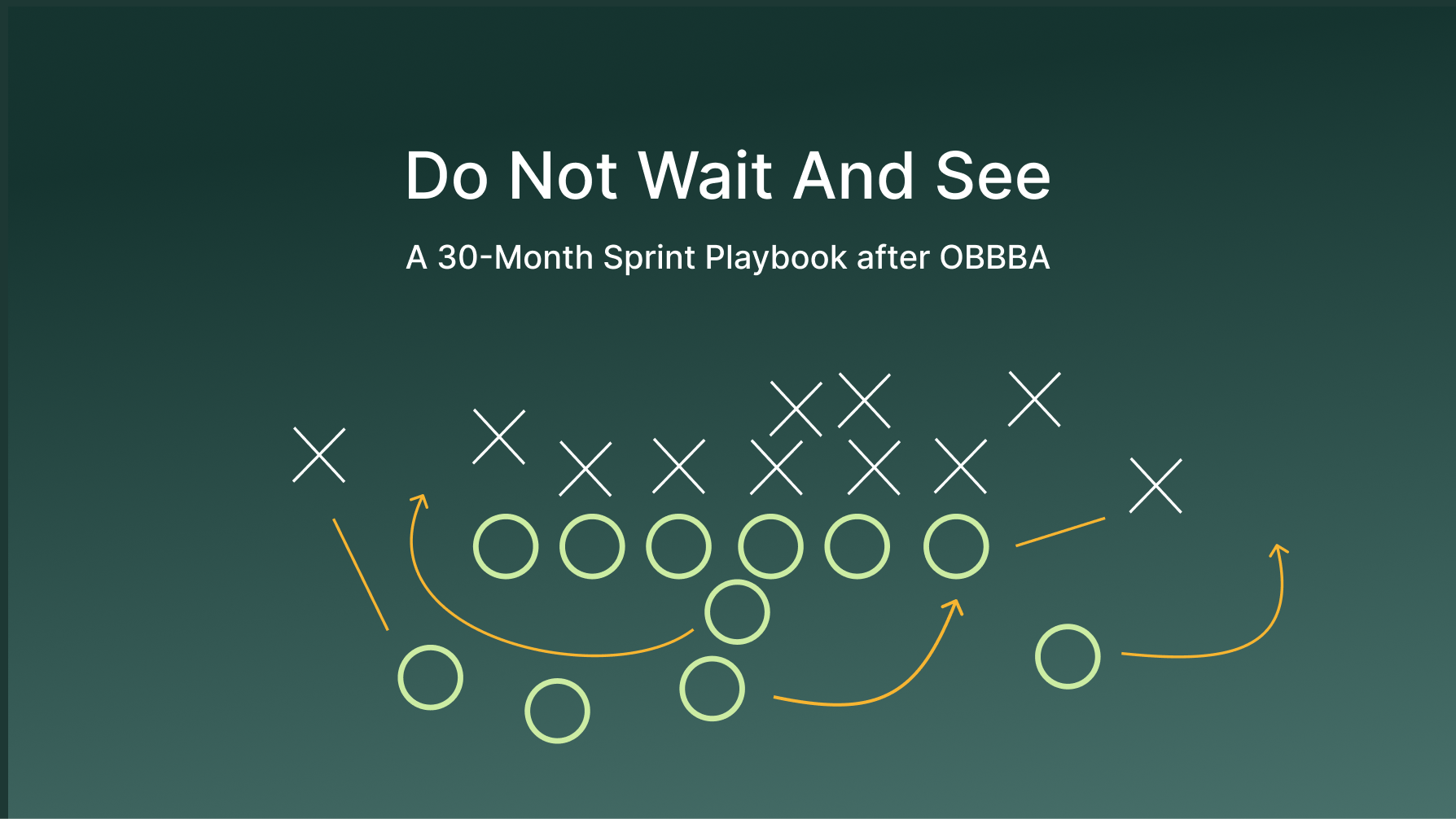
Do Not Wait and See: A 30-Month Sprint Playbook after OBBBA
Much has already been written about the implications of the One Big Beautiful Bill (OBBBA) for clean energy developers. Segue broke down the financial impacts, Michael Thomas examined the policy and market shifts, and impactECI (Peter Hirschboeck) explored how development pipelines are likely to be reshaped.
Building on those insights, this piece focuses on how to react and move. With incentives sunsetting, supply chains tightening, and timelines compressing, this is a 30-month sprint to secure credits, lock in equipment, and break ground before the window closes. If you’re building clean power infrastructure in the U.S., here’s a tactical playbook for moving decisively against those headwinds, and turning constraint into advantage.
Some developers may choose to wait until the Treasury publishes guidelines to make a move, but we believe that winning projects will be developed by those who move now.
Speed is the new subsidy
To delay is to default. The OBBBA (see below for overview) rips up the old incentive map, compresses every clean energy timeline, and quietly tilts federal favors toward anyone who can break ground before the calendar flips again. If you stall, margins evaporate as credits sunset and supply chains jam. If you move swiftly, you can lock incentives, scoop up distressed grid positions, and help set the market price for reliable energy for a decade. Over the next 30 months you either start building—or watch someone else collect the upside.
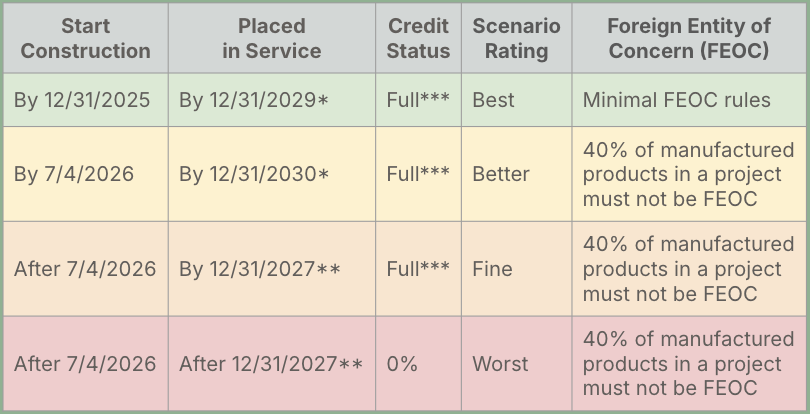
One clock, three sprints
There are three project pipelines to maximize value across against the OBBBA backdrop.
1. Zero-to-five months — spend ≥5%, break ground
Deadline: 12/31/2025
- Construction Sprint – pour foundations, pay turbine deposits, cut site roads. Treasury precedent says those moves count; take that guidance risk.
- Safe-Harbor SPVs – park each asset in its own ProjectCo, lock credits ASAP; flip, acquire, or merge when markets thaw; model IRR uplift if you can move quickly before EOY.
- Interconnection Options – buy late-stage queue spots from “zombie” projects; build or resell.
- Brownfield Flash Builds – 20-30 MW solar-plus-storage on retired industrial land; likely viable to quickly start construction and COD before Q4 2026.
2. Five-to-twelve months — pull pipeline forward
Deadline: 7/4/2026
- Modular EPC Strategy – lock spend while preserving design optionality (multiple OEM specs, bolt-on storage).
- Battery Hybrids – target solar / Wind paired with 30 MWh batteries; sell reliability, not kWh.
- Virtual Power Plants – aggregate C&I assets and behind-the-meter batteries for, consolidated deployment and more resilient revenue stacks beyond energy-only; simplicity and anti-fragile value help speed.
- Microgrid-as-a-Service – hospitals, data centers, and local critical loads will often pre-pay for resilience; fast, modular build outs can be contracted more quickly; often highly-willing offtakers.
3. Twelve-to-thirty months — plan for an NTP to COD sprint
Deadline: Construction after 7/4/2026, COD by 12/31/2027
- Procedural Excellence – make a well-oiled plan (process, team, resources) to execute a tight on-schedule sprint from NTP in the second half of 2026 to COD by the end of 2027.
- Repower & Recapture – acquire depreciated wind/solar fleets; quickly retrofit (upsize) with new CapEx like medium/large 4-8hr batteries, or SMR-ready hookups.
- Transmission Corridors – seek expedited build-out in high-priority transmission corridors; some utility territories are struggling to balance load in one geography and generation in another, and are seeking help (projects) to balance their network in 2026/2027 timeframe.
Execution playbook
Capital stack
Blend last-chance federal credits, accelerated depreciation, private-activity bonds, and offtake pre-payments—front-load liquidity, back-load upside. Communicate a lock-tight development plan and development budget to capital partners. Capital is still seeking to be deployed, but needs to understand the details of the sprints, the risks, and the specific timelines.
Speed tactics
- Standardize EPC contracts: Use uniform terms and conditions to try and keep complicated legal language to a minimum; be design- and tech-agnostic wherever possible to retain high amounts of optionality and flexibility.
- Pre-order long-lead equipment: Wherever possible, own the supply chain bottleneck before it owns you.
- Co-locate resources (like EPC + O&M) across assets: Shared crews and equipment drops cut friction to move quickly and also could contribute to keeping financiers calm in these sprints.
Risk controls
- Seek insurance / insure credit-eligibility audits, especially if confident in your development plans
- More than ever, parallel-path interconnection, permitting, and equipment to hit concurrently
Inaction is not the action to take
The OBBBA is an unfortunate obstacle—introducing complexity and compressing timelines for nearly every developer in the market. But it also creates a rare window where speed can transform challenges into advantages. While the policy shifts have made project development harder, they haven’t made it impossible. Companies willing to adapt their timelines, retool their procurement strategies, and move boldly can still maintain momentum—and in some cases, pull ahead.
If you want to accelerate, Paces offers ways to move faster: we turn site selection, diligence, and deal-matching into an API call, surfacing viable parcels, interconnection queue positions, and trusted partners in days—not quarters. Whether you use our platform or any other tools in your stack, the message is the same: five, twelve, thirty months—three windows to stamp steel, secure credits, and deliver reliability while others hesitate.
Speed is the new subsidy. Pick your window, commit resources and capital. Do. Not. Wait.
More articles

Faster development starts with better intelligence: Inside Paces Automated Reports

Faster development starts with better intelligence: Inside Paces Automated Reports


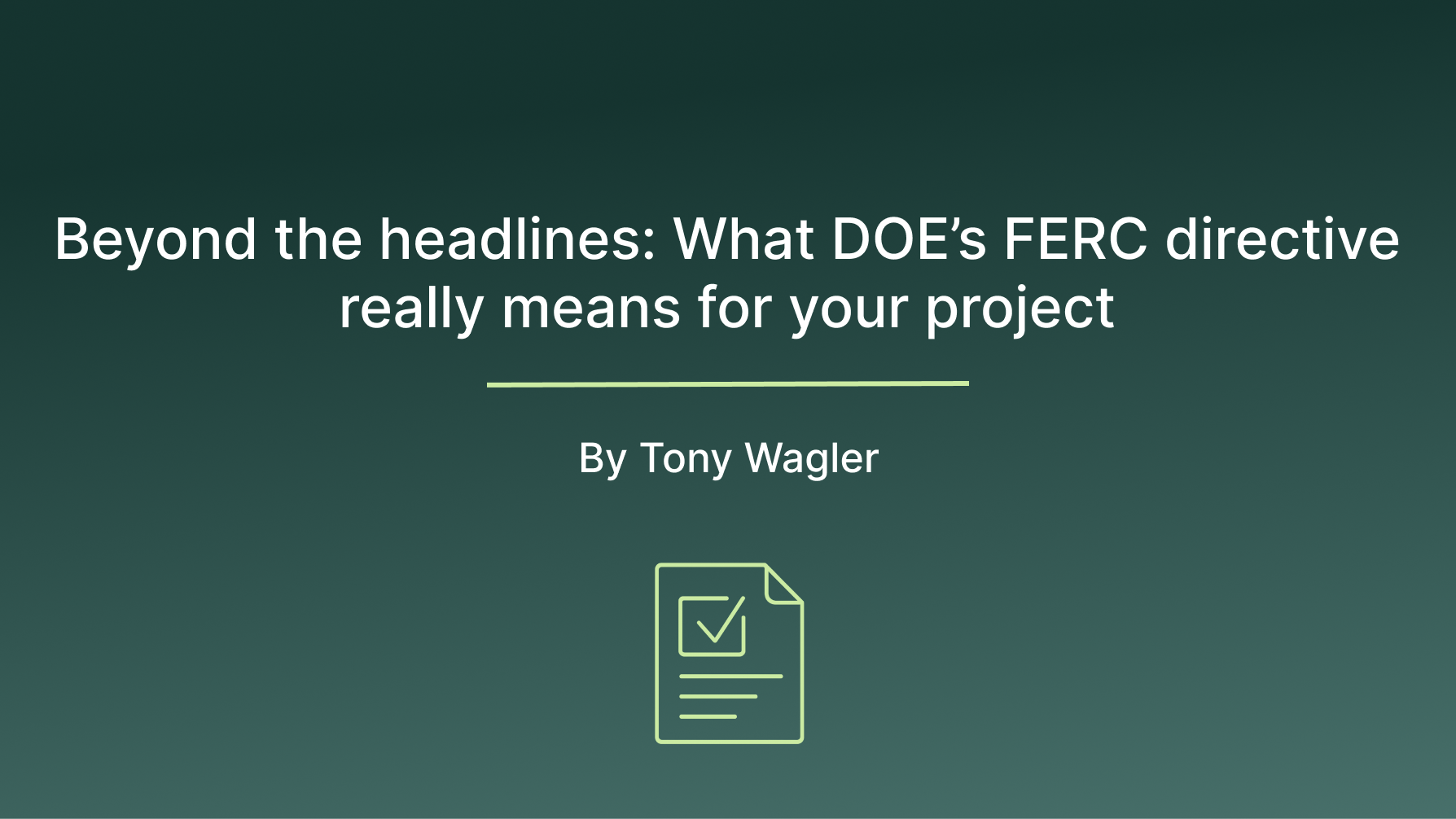
Beyond the headlines: What DOE's FERC directive really means for your project

Beyond the headlines: What DOE's FERC directive really means for your project



The One-Person, Billion-Dollar Power Development Company

The One-Person, Billion-Dollar Power Development Company


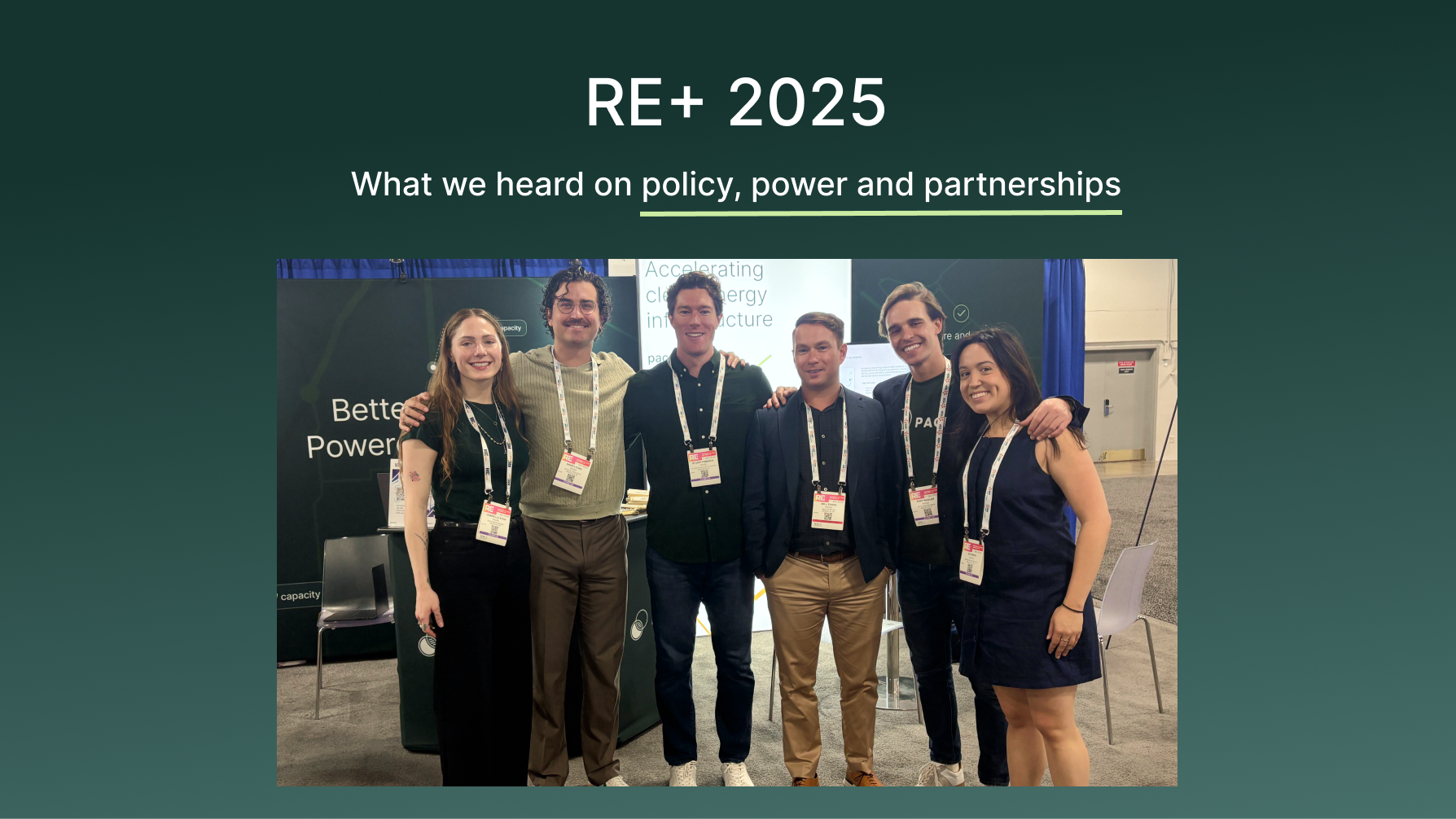
RE+ 2025: What we heard on policy, power, and partnerships

RE+ 2025: What we heard on policy, power, and partnerships



Do Not Wait and See: A 30-Month Sprint Playbook after OBBBA

Do Not Wait and See: A 30-Month Sprint Playbook after OBBBA


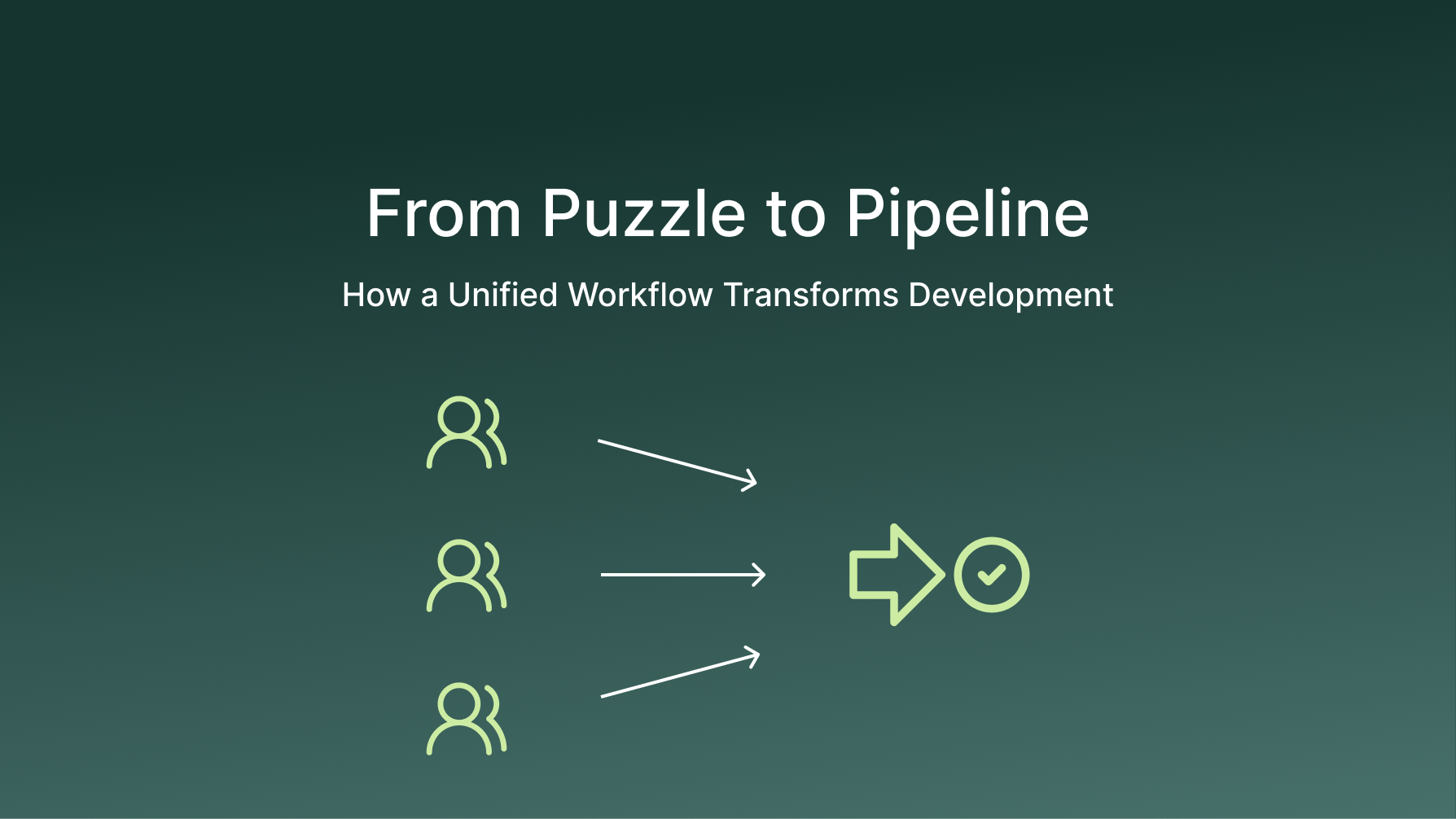
From puzzle to pipeline: how a unified workflow transforms development

From puzzle to pipeline: how a unified workflow transforms development


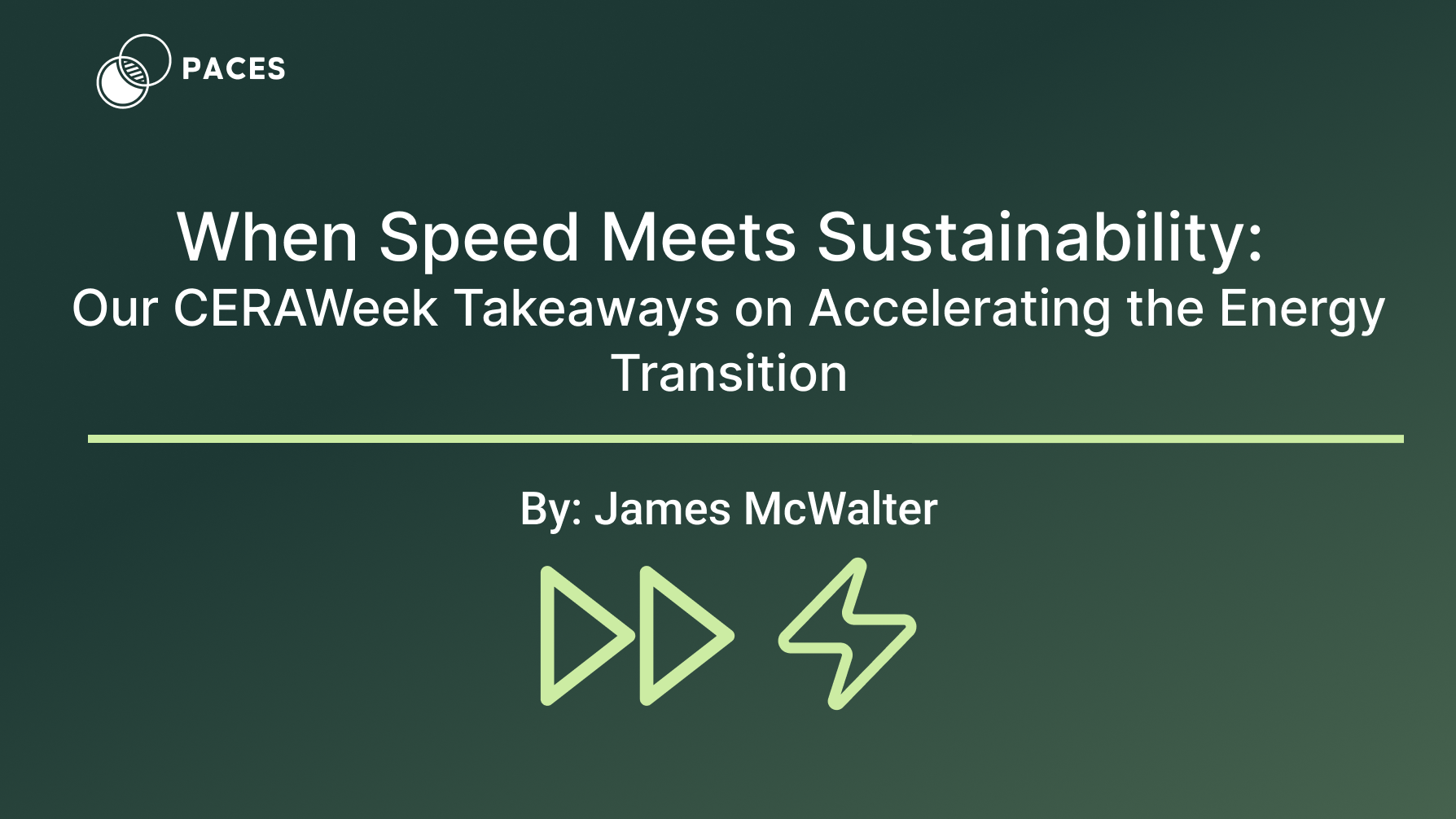
When Speed Meets Sustainability: Our CERAWeek Takeaways on Accelerating the Energy Transition

When Speed Meets Sustainability: Our CERAWeek Takeaways on Accelerating the Energy Transition



Introducing the Accelerated Development Framework

Introducing the Accelerated Development Framework


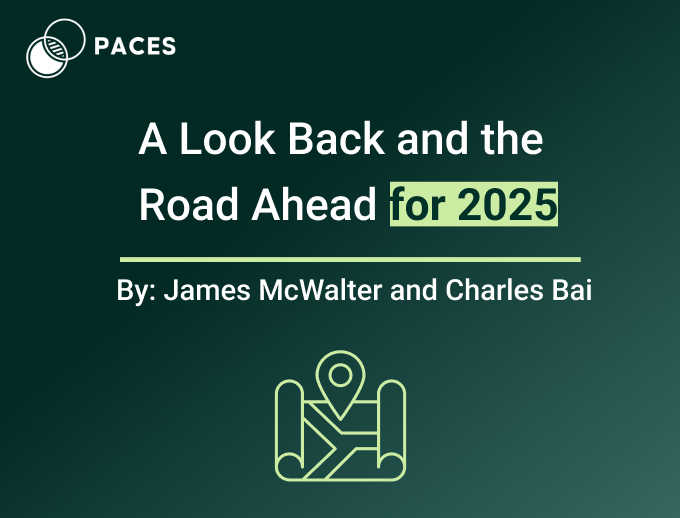
A Look Back and the Road Ahead for 2025

A Look Back and the Road Ahead for 2025



The Critical Role of Clean Energy in the AI Revolution

The Critical Role of Clean Energy in the AI Revolution


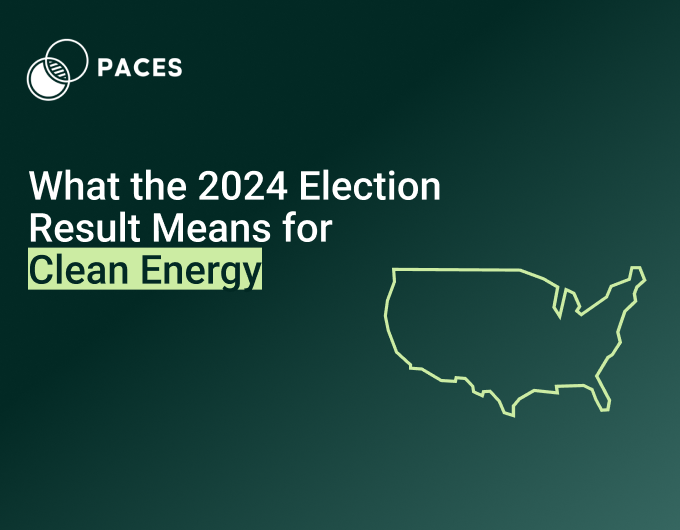
Paces's Take: What the 2024 Election Result Means for Clean Energy

Paces's Take: What the 2024 Election Result Means for Clean Energy


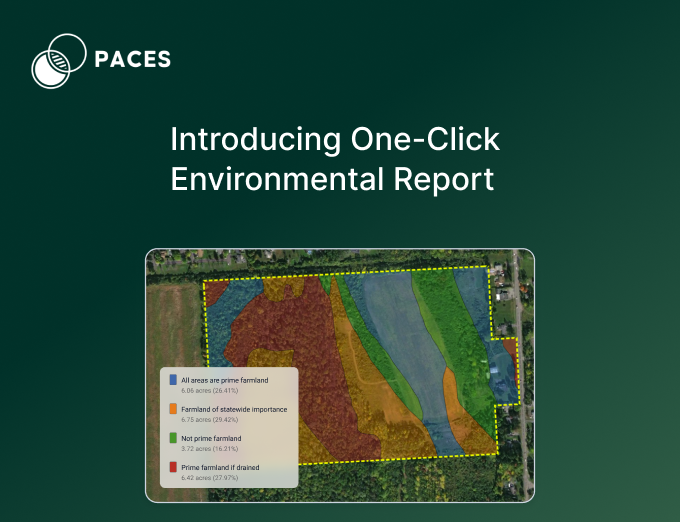
Why We Built the Environmental Reports: Saving Time, Reducing Effort, and Empowering Teams

Why We Built the Environmental Reports: Saving Time, Reducing Effort, and Empowering Teams


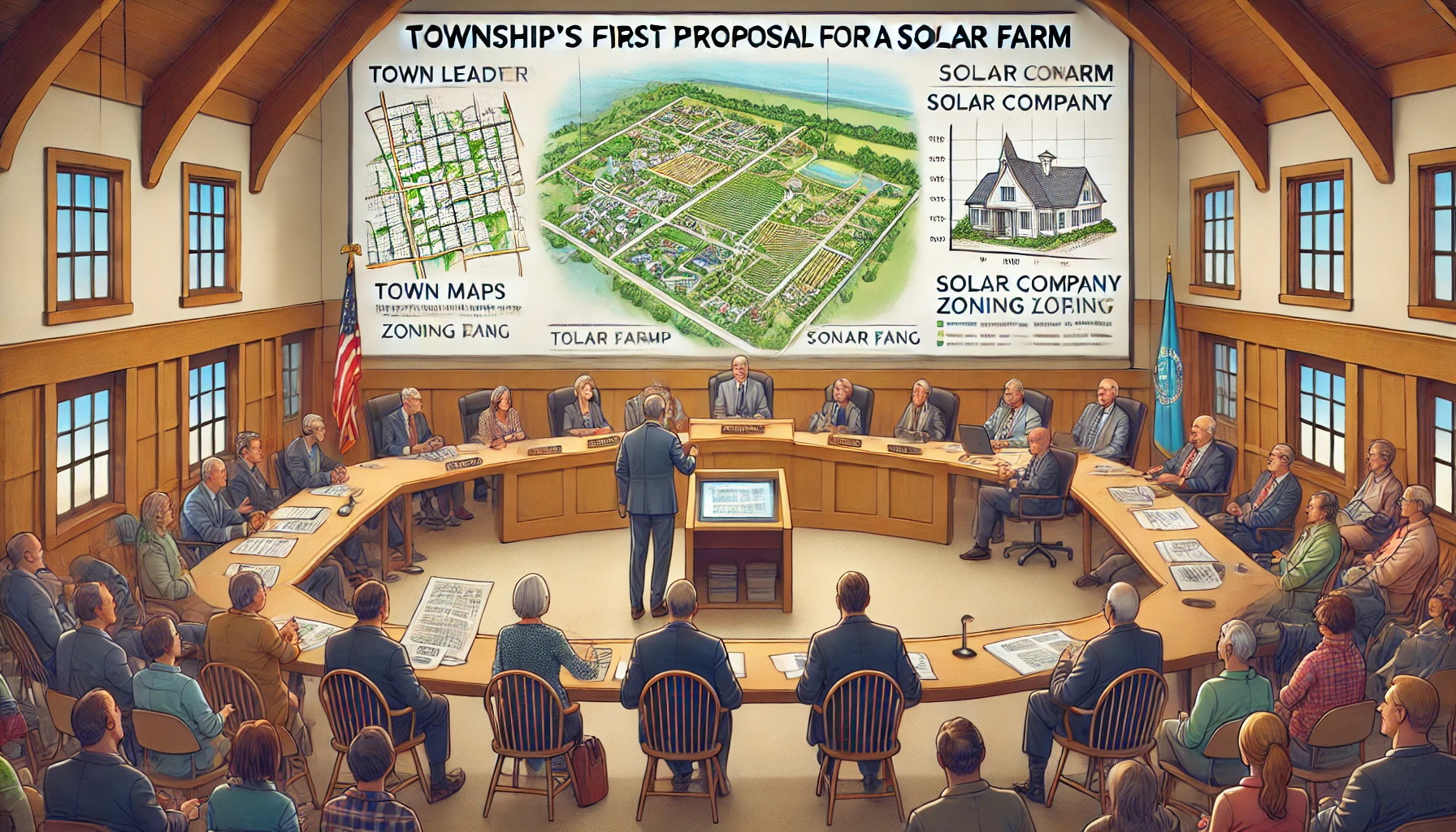
Solar Energy Adoption in NY vs. PA

Solar Energy Adoption in NY vs. PA



Siting the Needle in a Haystack: Solar Permitting in Glenn County, CA

Siting the Needle in a Haystack: Solar Permitting in Glenn County, CA


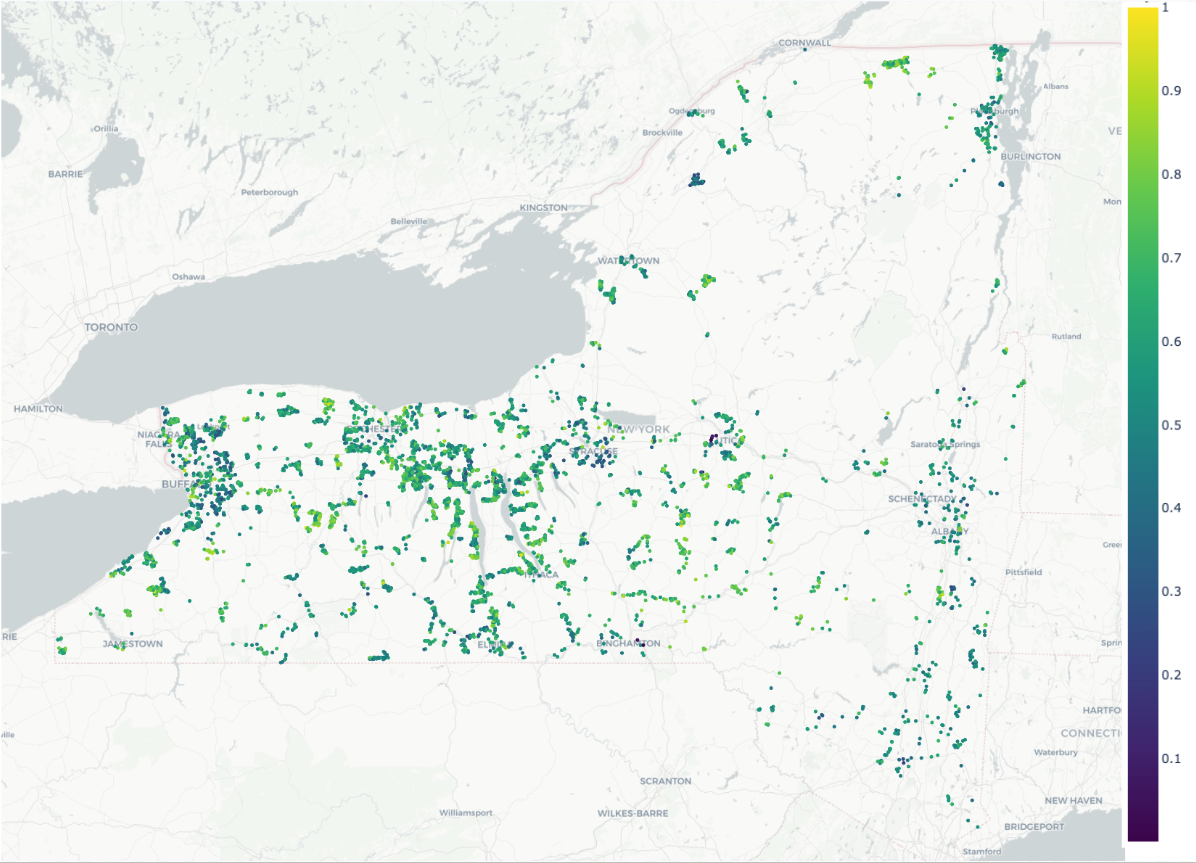
10 GW by 2030: Sizing the New York Community Solar Market from the Local Ordinance Up

10 GW by 2030: Sizing the New York Community Solar Market from the Local Ordinance Up


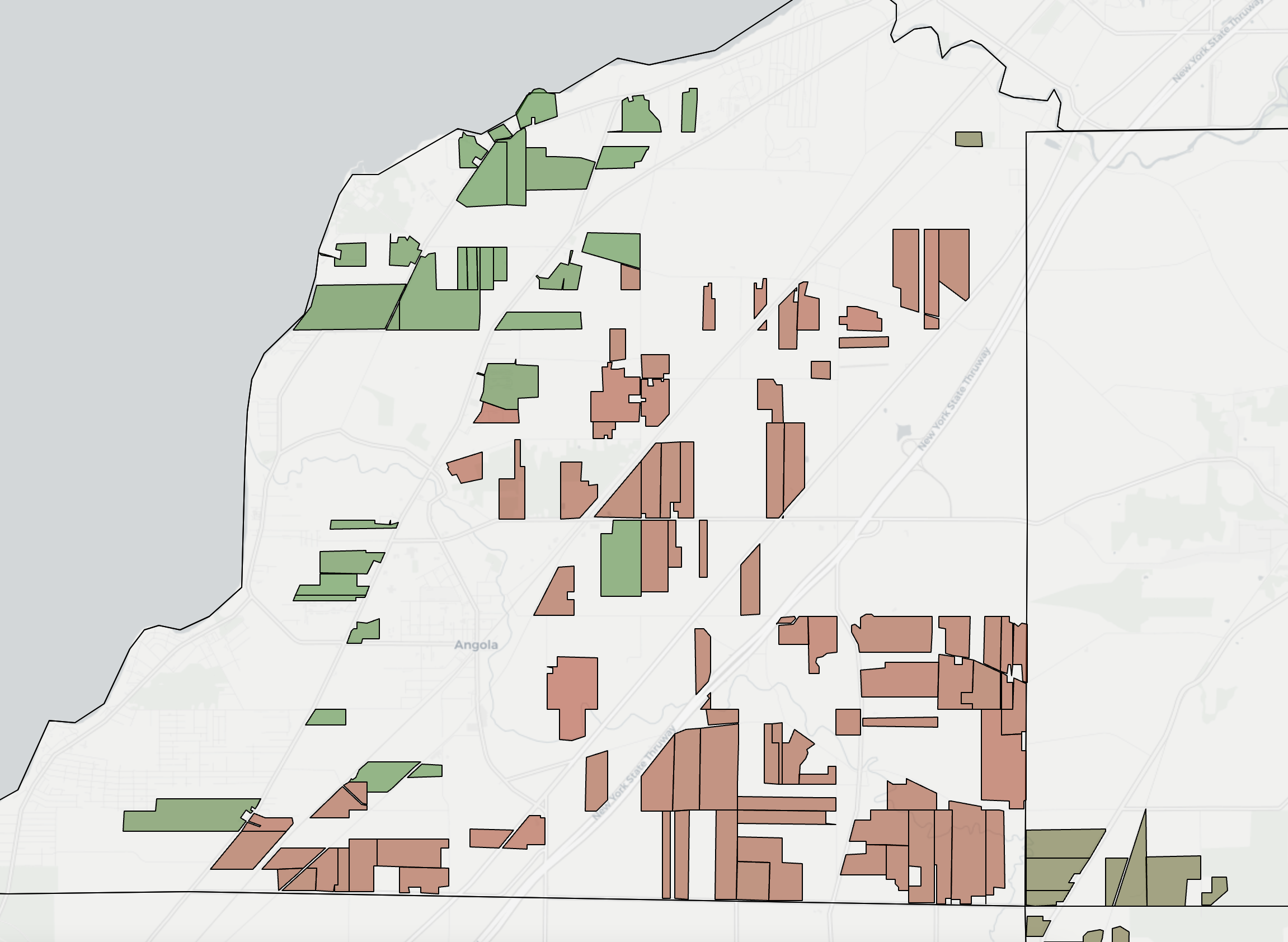
Quantifying Solar Permitting Risk with Large Language Models

Quantifying Solar Permitting Risk with Large Language Models


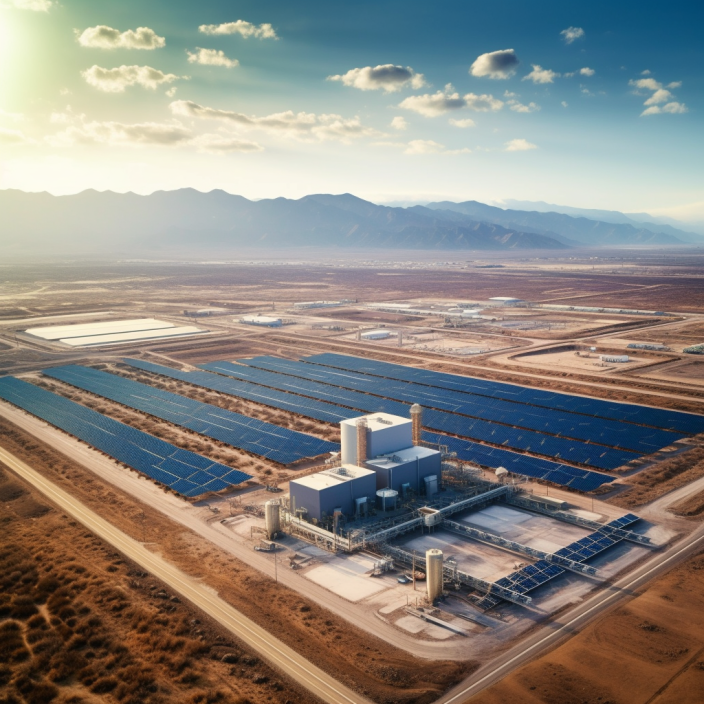
From Brownfields to Brightfields

From Brownfields to Brightfields



From Sheep Farms to Solar Farms

From Sheep Farms to Solar Farms


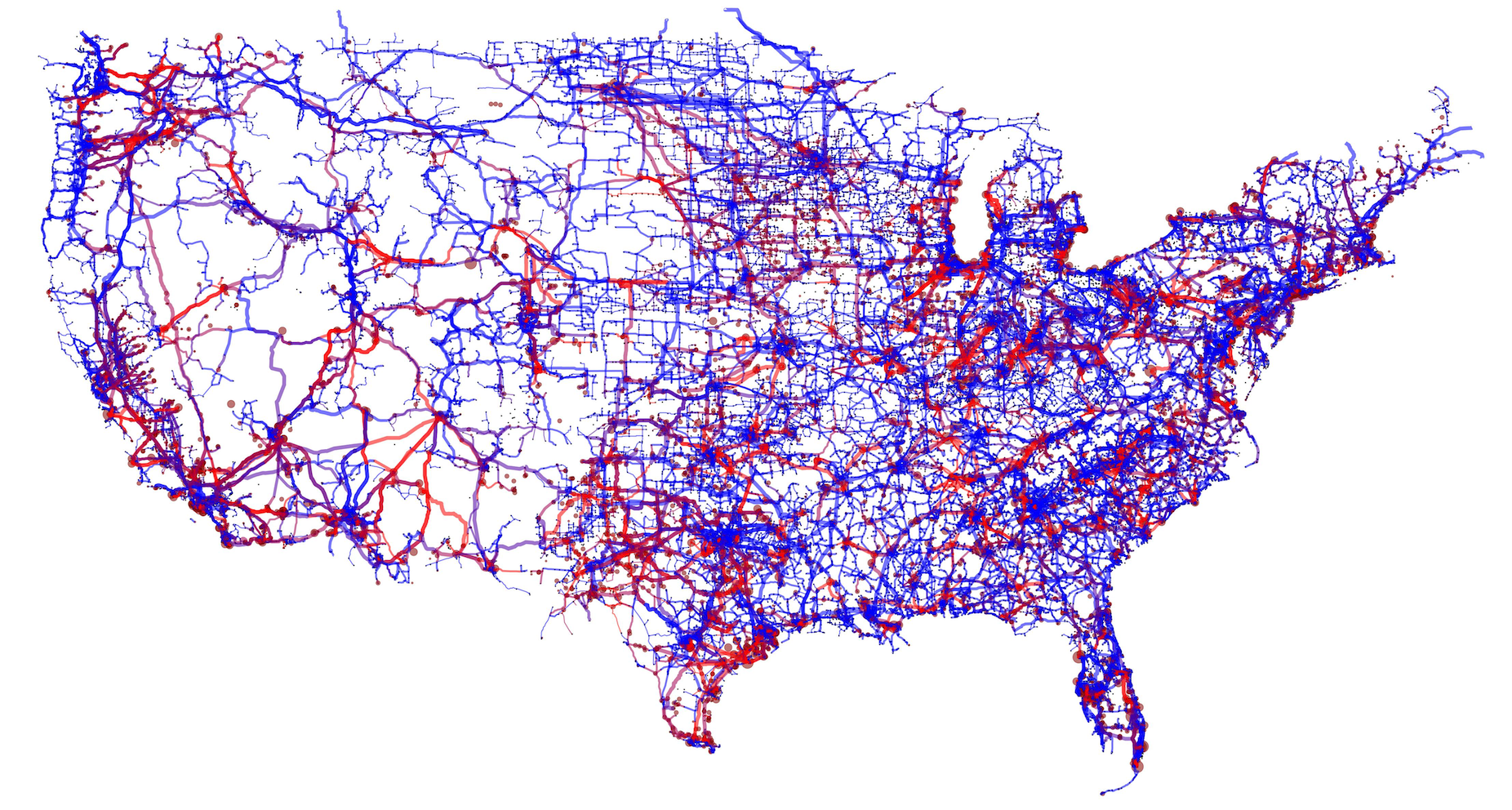
Evolution at the Edge: Renewables and the Spatial Configuration of the Grid

Evolution at the Edge: Renewables and the Spatial Configuration of the Grid


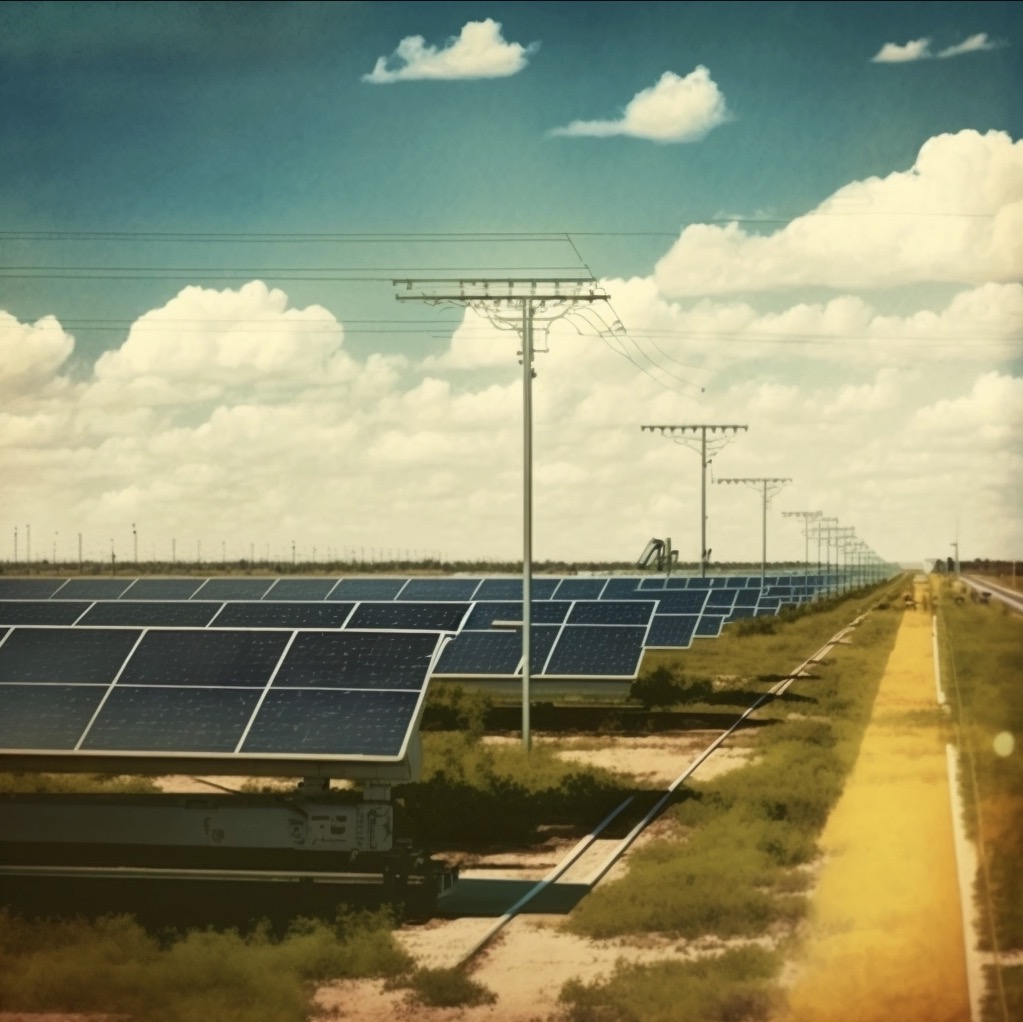
Renewable Development Blockers

Renewable Development Blockers



Cofounder Charles Bai is a Forbes 30 Under 30!

Cofounder Charles Bai is a Forbes 30 Under 30!


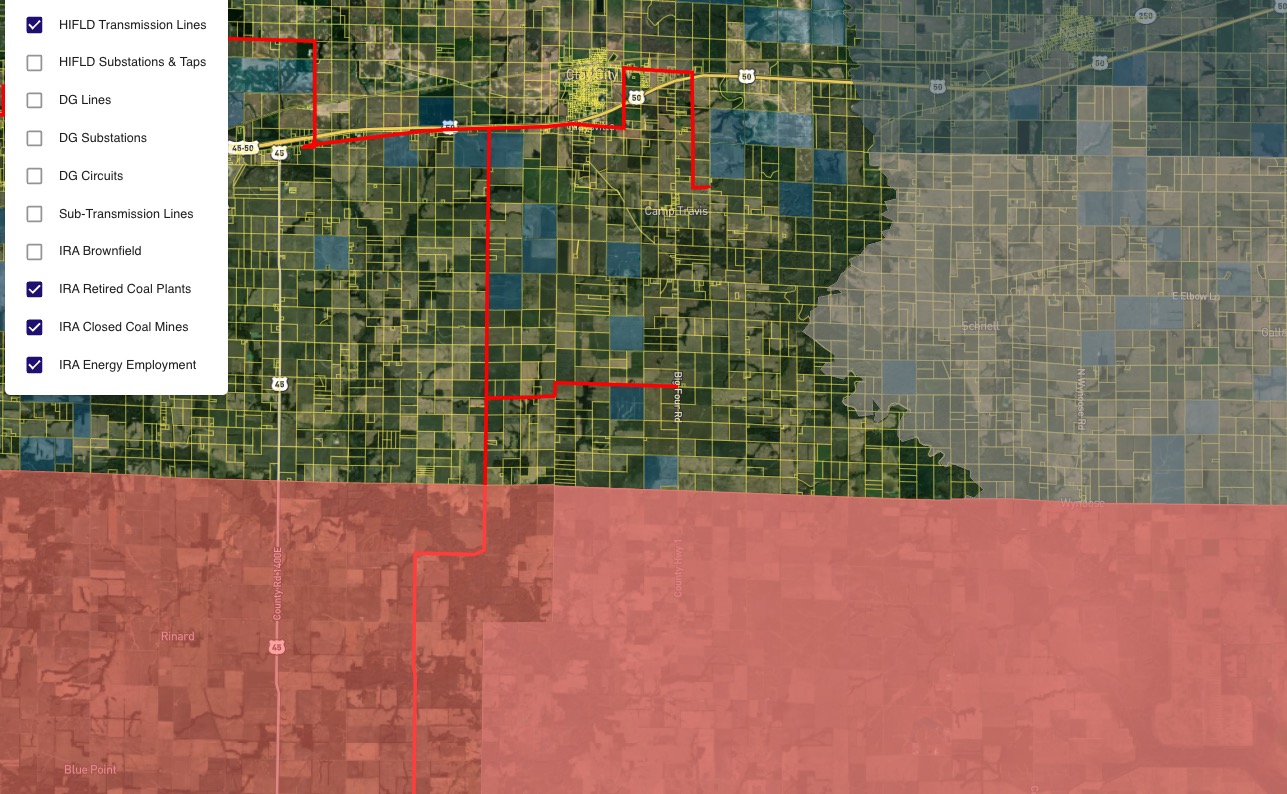
Inflation Reduction Act: Energy Community

Inflation Reduction Act: Energy Community



Paces Featured on Founder to Founder!

Paces Featured on Founder to Founder!



Paces @ TechCrunch Climate 2022

Paces @ TechCrunch Climate 2022



Paces Joins Y Combinator Summer Batch 2022

Paces Joins Y Combinator Summer Batch 2022



Paces Featured in Forbes!

Paces Featured in Forbes!



Paces Launch Podcast

Paces Launch Podcast


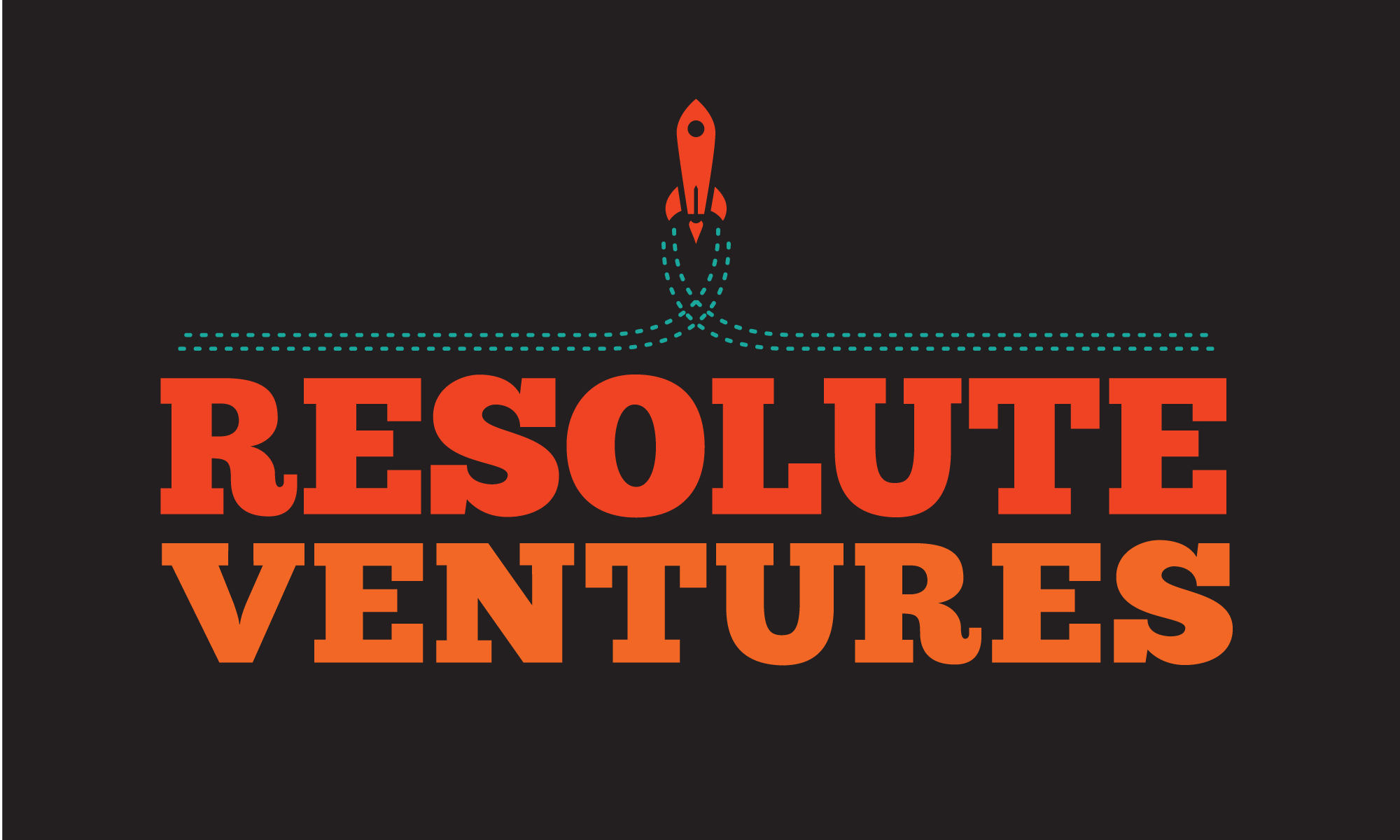
Green Infrastructure Data Platform Paces raises $1.9M Pre-Seed led by Resolute Ventures

Green Infrastructure Data Platform Paces raises $1.9M Pre-Seed led by Resolute Ventures


Sign up for emails
Find the right sites faster, assess feasibility with world class data, and track progress across your entire project pipeline with software built to compress your workflow.

